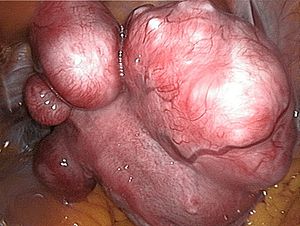
Our blood is our life force: It gives us oxygen, nutrients and infection-fighting agents. But it can also bring problems, like anemia and deep-vein thrombosis—issues more common in women than men. Feeling squeamish? No need. Here is everything you have to know to stanch cuts, better understand test results and keep your blood flowing freely. Problem No. 1: Anemia The lowdown: If you’ve got this blood disorder—one of the most common—you don’t possess enough healthy red blood cells to carry adequate oxygen to your tissues. Anemia is typically caused by not having sufficient iron in your body to make red blood cells, and/or by blood loss due to heavy periods. Mild anemia is fairly common during pregnancy, since your blood volume increases by 20 to […] Read More

